7 Amazing History Facts That I Need To Tell You About This Month
- Oops!Something went wrong.Please try again later.
- Oops!Something went wrong.Please try again later.
I love history, and I'm learning new fun facts all the time. It's hard not to gush about them, but I've found an outlet: this post series, where I share all my fun, random facts with you. So here are seven more for you to enjoy!
1.A hidden, ancient city was recently discovered in the Amazon, and according to the BBC, it's "older than any other site we know [of]" in the area. The city is about 2,500 years old, seems to have been inhabited for up to 1,000 years, and "appears to be even bigger than the well-known Mayan societies in Mexico and Central America."
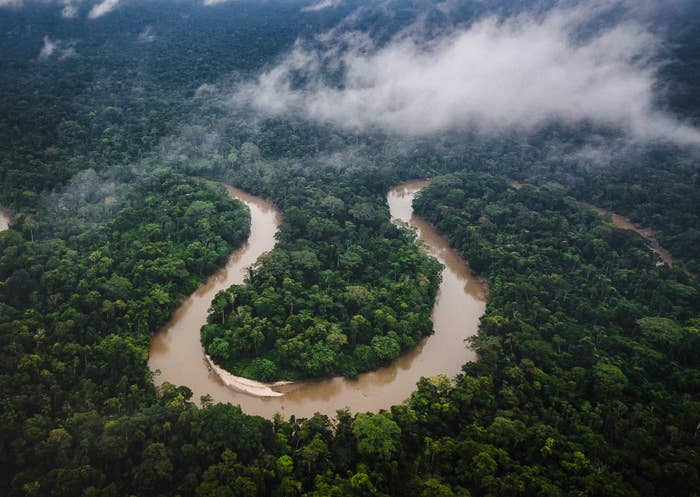
Antoine Dorison, a coauthor of research about the site, says that the discovery "changes the way we see Amazonian cultures." And something I find cool: The people who lived there apparently had a network of "very sophisticated" roads, which, according to Dorison, spanned a vast distance and had "right angles, which is very impressive."
José Iriarte, a professor at the University of Exeter, told BBC, "Imagine that you discovered another civilization like the Maya, but with completely different architecture, land use, [and] ceramics."
2.The first man to reach the North Pole may have been Matthew Henson, an African American Baltimore native who left home to join a sailing crew at the age of 12. On board the Katie Hines, he traveled all around the world, from North America to Asia to North Africa. While working for a furrier in Washington, DC, he met Robert Peary, a Navy officer and explorer who was impressed by his travel experience and immediately hired him as a personal assistant for his upcoming exploration of Nicaragua.
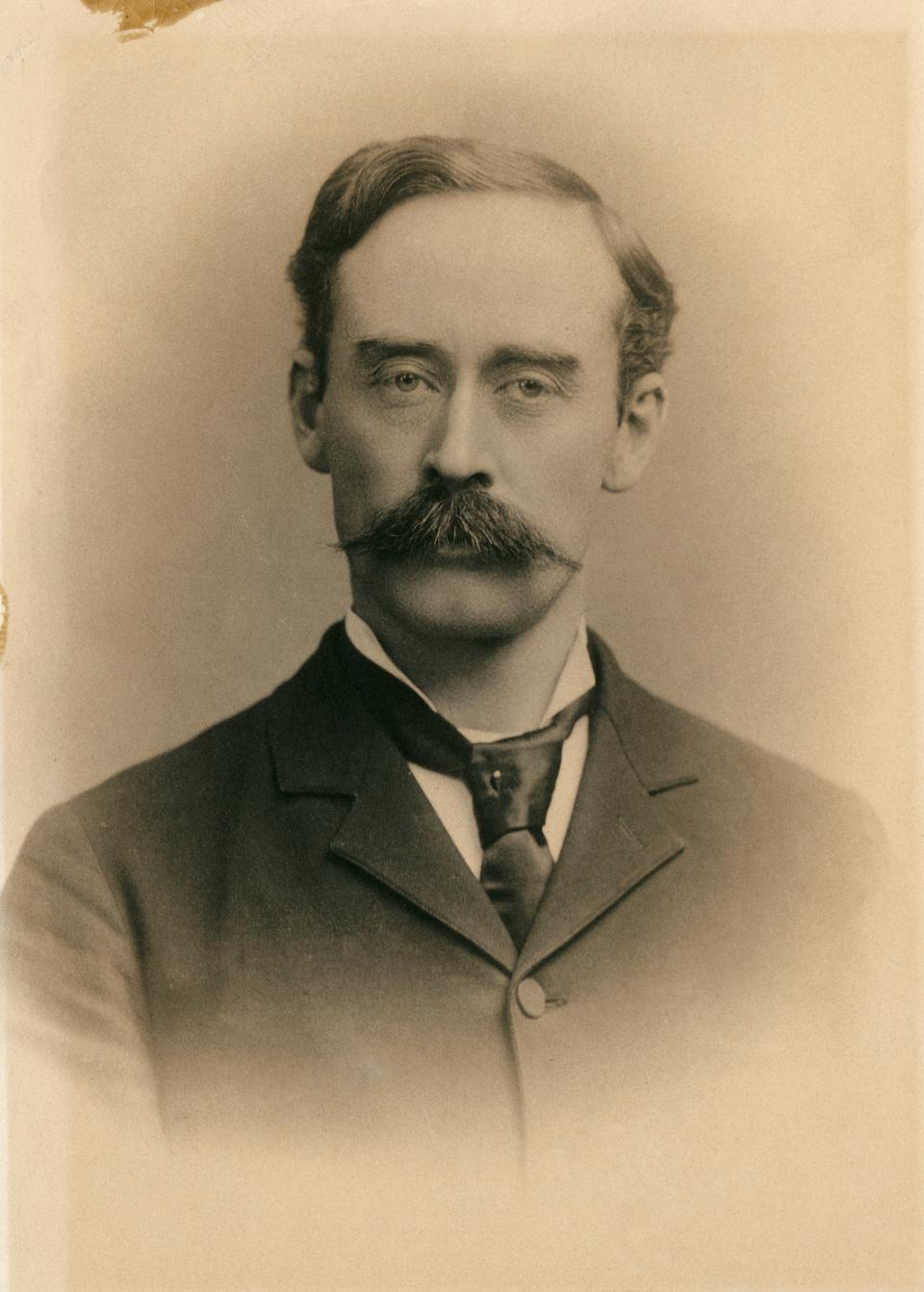
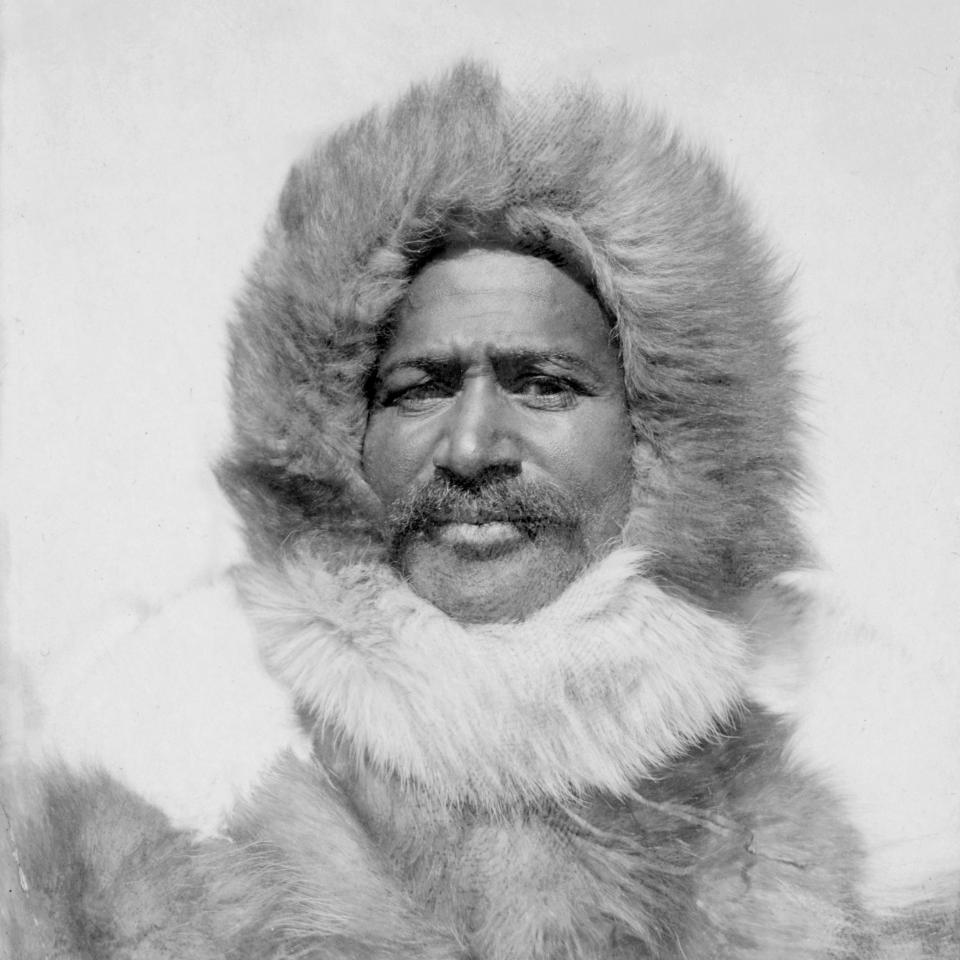
Royal Geographical Society / Royal Geographical Society via Getty Images, Archive Photos / LOC / Getty Images
According to National Geographic, this two-year journey "would cement their friendship and bind their destinies together for the rest of their lives." Together, they made eight attempts to reach the North Pole; and before the eighth, by which time they were both in their 40s, they decided together that this would be their last attempt.
Henson was one of the most experienced explorers of the day and, after two decades of knowing him, was Peary's "trusted friend." "Henson must go all the way," Peary once said of their expedition to the North Pole. "I can't make it there without him."
On the day the expedition reached the pole, Henson was reportedly in the lead sledge, scouting ahead of the group. He wrote that the commander "was about fifty yards behind" and called out to say they should stop and set up camp. "The sun being obscured by the mist, it was impossible to make observations and tell whether or not we had actually reached the Pole," he wrote. In the morning, their calculations showed that they had indeed reached the North Pole.
But according to "some reports in the [United States] press," there was tension between the two men upon their return over who was going to get the credit for reaching the North Pole first. Their relationship turned stale. On their return journey, Henson wrote that "Commander Peary scarcely spoke to me. It nearly broke my heart." National Geographic notes that, regardless of the two men's falling out, "the racially divisive climate of the time would not give an African-American man the same standing in the public eye for the accomplishment." That said, his contributions to the expedition were recognized in 1937, and the Navy gave him equal recognition with Peary in 1946.
All this said, the claim that the expedition did successfully reach the North Pole is questioned. It's now thought that Peary and Henson at least came within about 30 miles of the pole, but it's impossible to say whether they did indeed reach the exact spot.
3.The first top hat ever worn in public reportedly got the man who wore it arrested. According to an 1899 article in the Huddersfield Chronicle, which claims to have been reprinting an article from January 1797, a man referred to as "John Hetherington, haberdasher" was charged with "breach of the peace, and inciting to riot" after wearing a silk hat of his own invention, which the article describes as "calculated to frighten timid people."
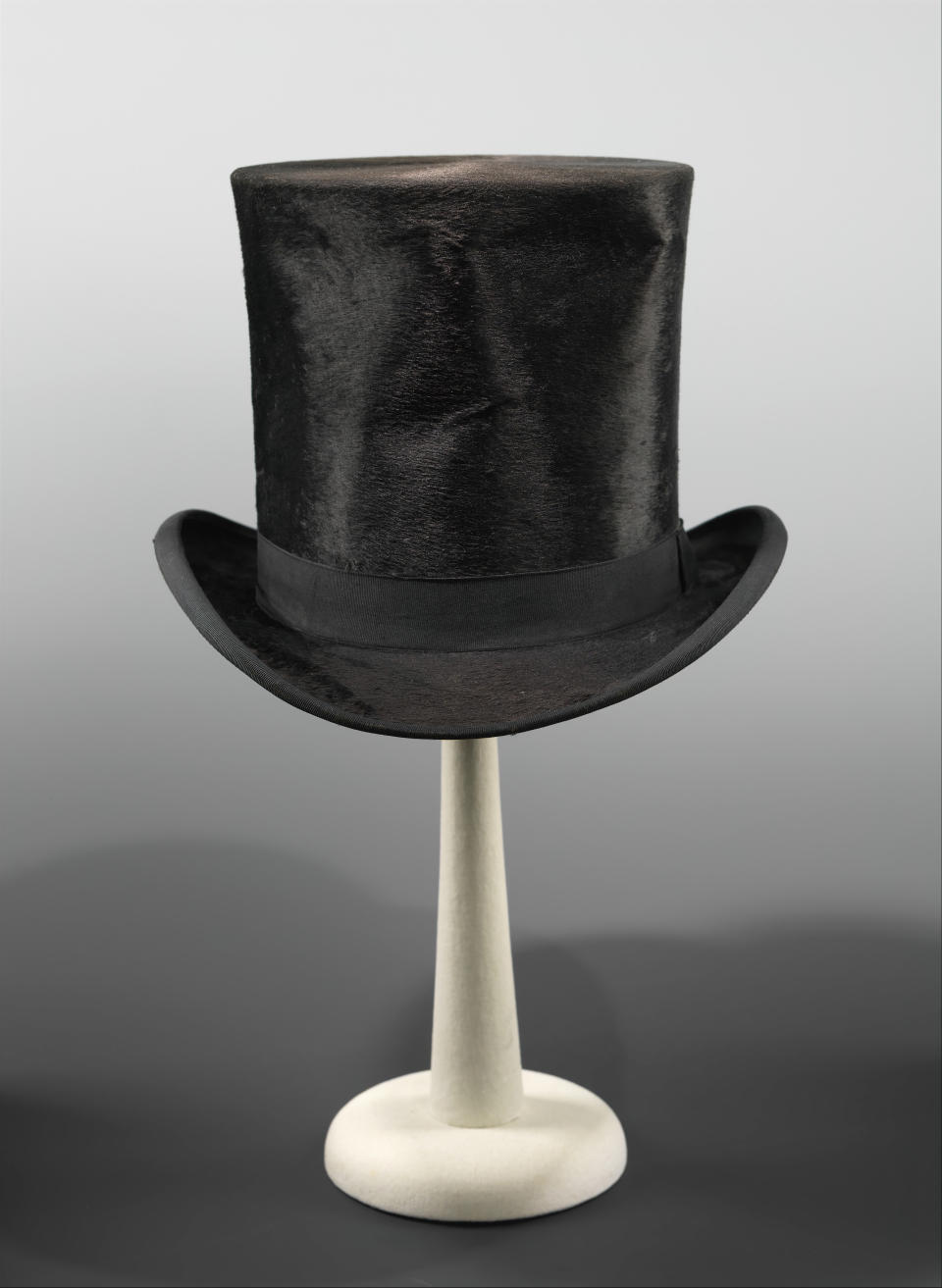
Apparently, "several women fainted at the unusual sight," "children screamed," and one man had his arm broken after being thrown down by the gathered crowd. I urge you all to click the link to the original article, because I cannot possibly re-create how funny it is.
4.The earliest known Egyptian pyramid isn't the perfectly shaped kind we might think of. The three famous pyramids of Giza have been standing for about 4,500 years, but it actually took the Egyptians quite a while before that to figure out how to build them in that shape. The first stone building in Egypt was a step pyramid, built for King Djoser in or around 2780 BCE by an architect named Imhotep. Instead of smooth, tapering sides, it featured, well, steps.
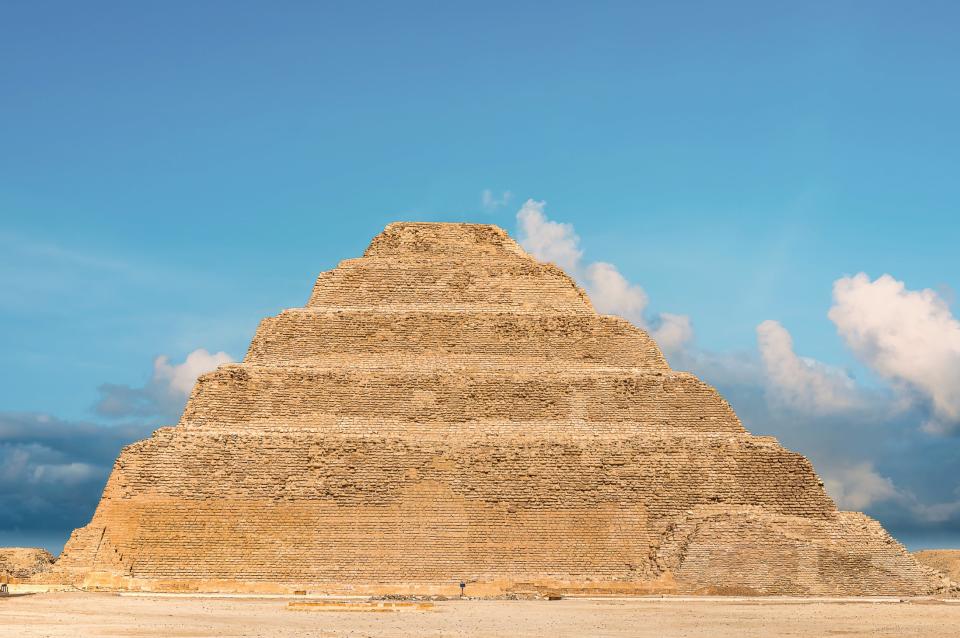
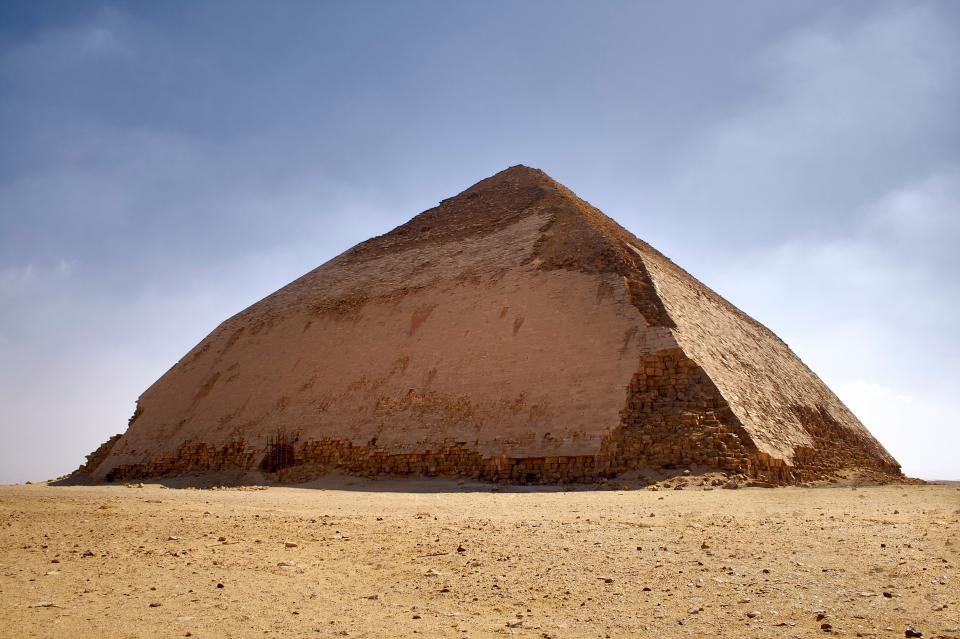
Nick Brundle Photography / Getty Images, Patrick Wilken / Getty Images
Around 2600 BCE, a pharaoh named Snefru built on Imhotep's idea by building a step pyramid and filling in the gaps; the result is known as the Bent Pyramid. According to National Geographic, Snefru's "son, grandson, and great-grandson would build on Snefru's ideas and create the three famous pyramids near Giza."
5.A lot of us (incorrectly, as it turns out) think of George Washington Carver as the man who invented peanut butter, but not a lot of people know of his actual, far more important development — crop rotation — which revolutionized farming.
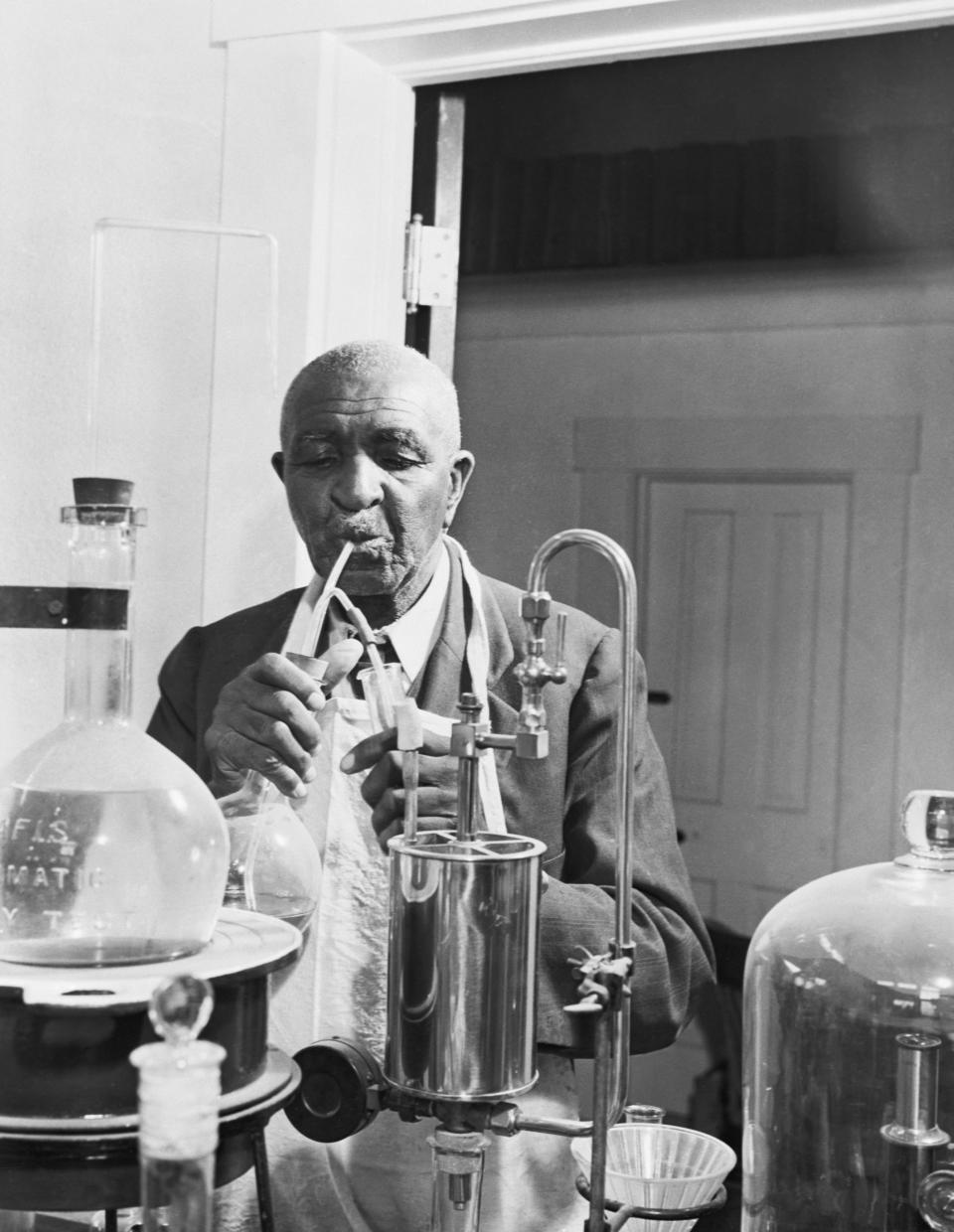
Carver was born into slavery, was the first Black student at Simpson College, and went on to what is now Iowa State University to earn his Bachelor of Science degree in agricultural science and his Master of Science degree in bacterial botany and agriculture. In Alabama, he founded an industrial research lab, where he "discovered more than 300 uses for peanuts and hundreds more uses for soybeans, pecans and sweet potatoes."
According to the Library of Congress, Carver "viewed the widespread popularity of [farming] cotton," as well as tobacco, as "a problem, noting that the practice of repeatedly growing [these crops] depleted the nutrients in the soil [...] [which] ultimately had grievous consequences for the finances of Black farmers." In order to enrich soil, he promoted the rotation of crops such as peanuts and sweet potatoes, which help put nutrients back in farmers' fields. The Missouri Department of Agriculture credits Carver as saving the economy of the Southern US.
6.Teotihuacán wasn't actually built by the Aztecs; apparently, they just found it. And according to National Geographic, the city's true origins "are a mystery."
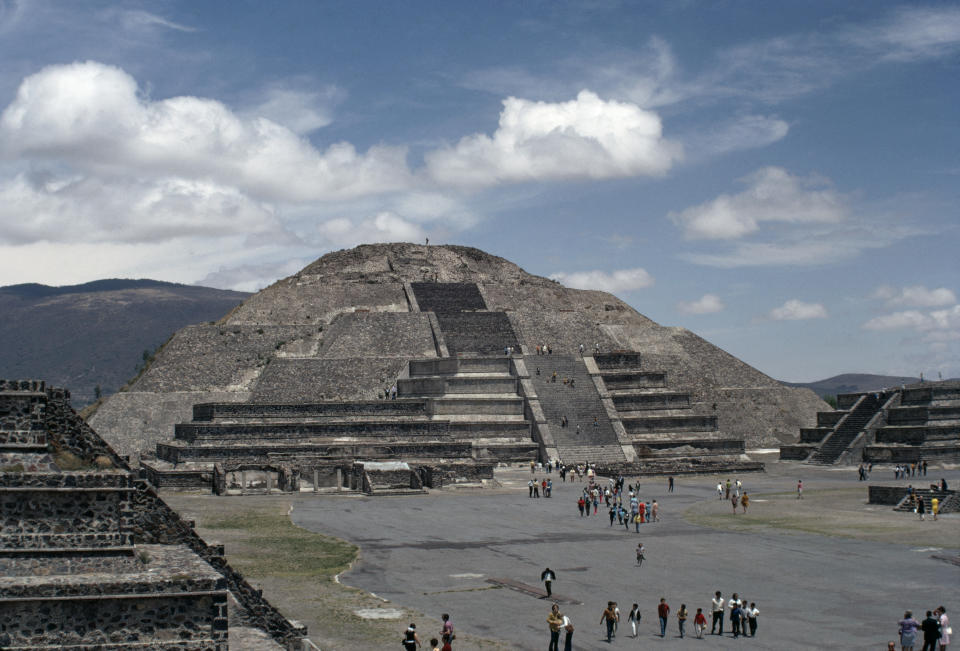
Teotihuacán apparently "reached its zenith between 100 B.C. and 650 A.D." George Cowgill, an archaeologist and professor at Arizona State, told Nat Geo that Teotihuacán "was the largest city anywhere in the Western Hemisphere before the 1400s" and that its pyramid temples were "comparable to the largest pyramids of Egypt."
The city was apparently inhabited by different peoples over time, including the Toltec, Totonac, and Maya. But archaeologists don't know who actually built it, why it eventually collapsed, or, as Cowgill pointed out, "why it lasted so long." His big question: "What were the social, political, and religious practices that provided such stability?"
7.And finally, the first Japanese citizen to fly in space was not an astronaut but a journalist. Forty-eight-year-old Toyohiro Akiyama's employer, the Tokyo Broadcasting System, paid for him to fly commercially aboard a Soviet spacecraft.
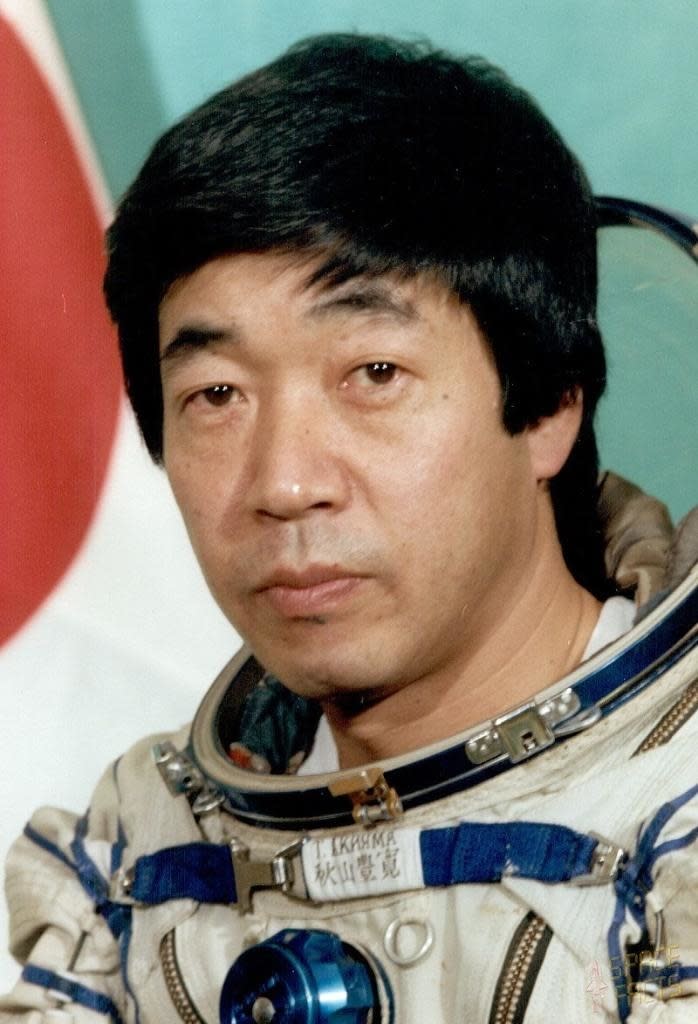
According to the Washington Post, Akiyama's training involved learning Russian, training in physical fitness, and learning "space flight operations and safety." But what he apparently found most worthy of telling the press was that he "'reduced [his] beer drinking to zero' and gave up smoking."
Once in space, he reportedly "craved cigarettes," complained that his brain felt as if it was "floating around in [his] head," and, according to the New York Times, "failed to bring along enough underwear" for the trip after being told to pack light. In this writer's opinion, Akiyama might be the most relatable person to have ever exited the Earth's atmosphere.
If there are any dramatic, interesting, or cool facts from history that you think I would like, please drop them in the comments! I always love learning more historical facts, and I'm sure other people do too.

